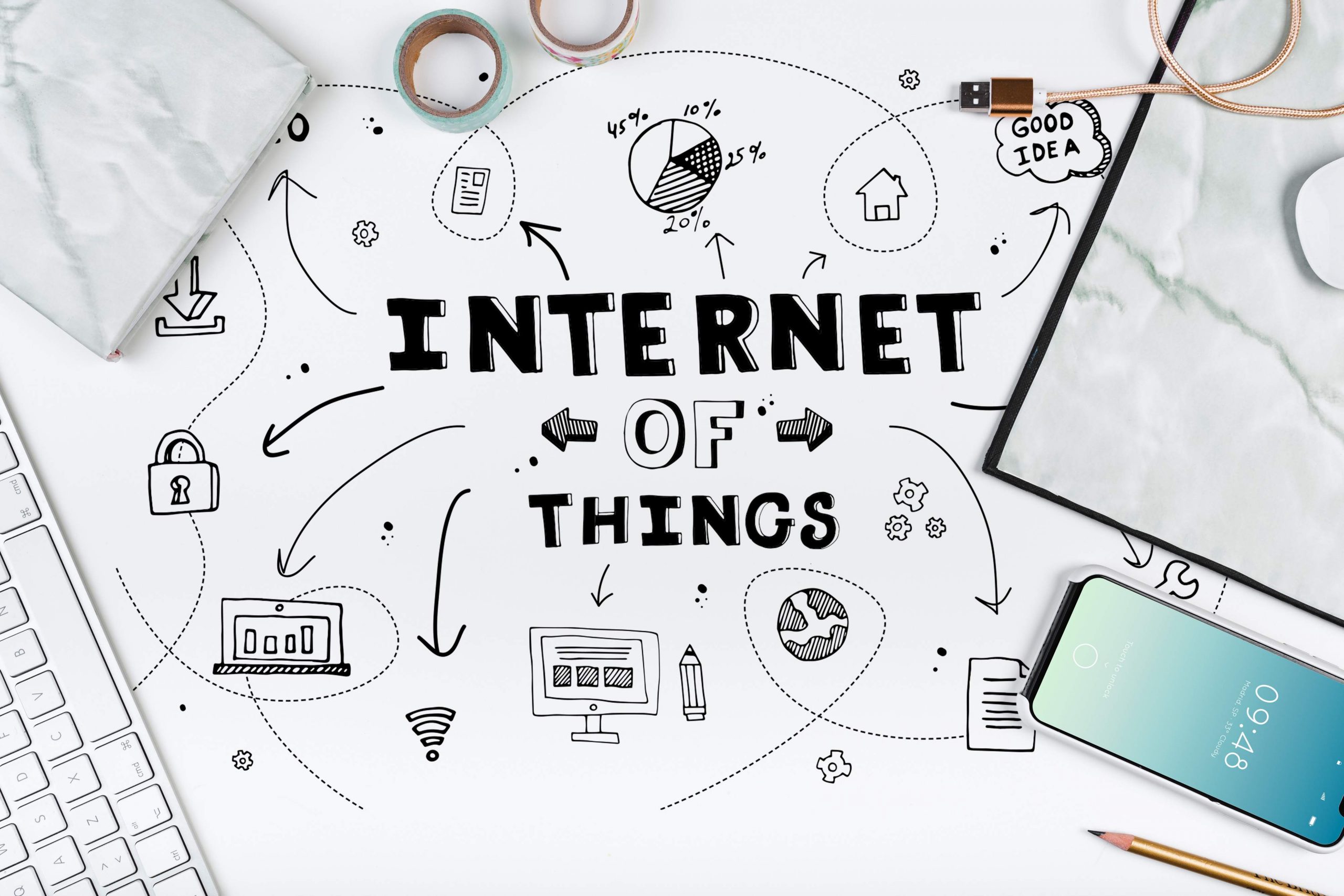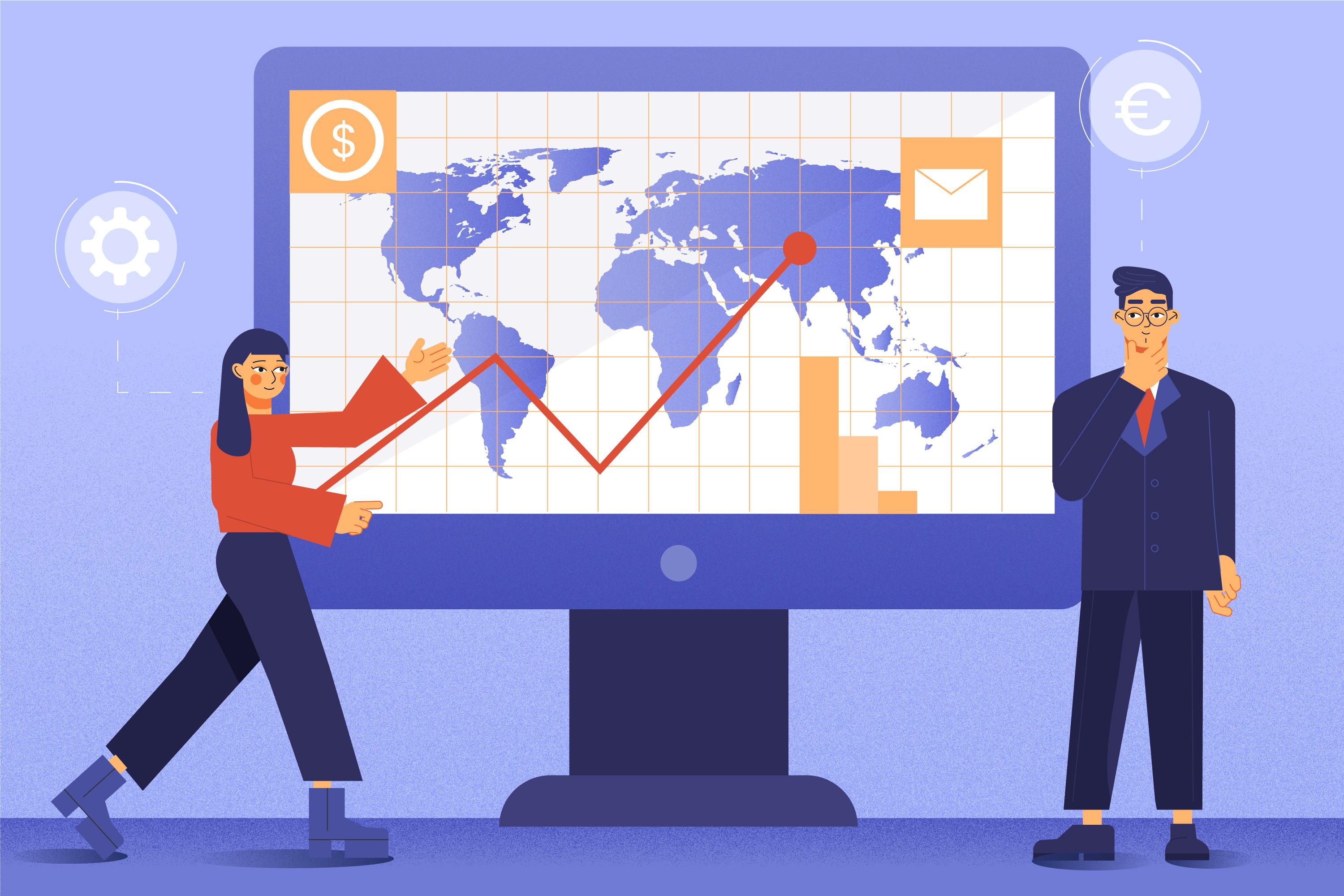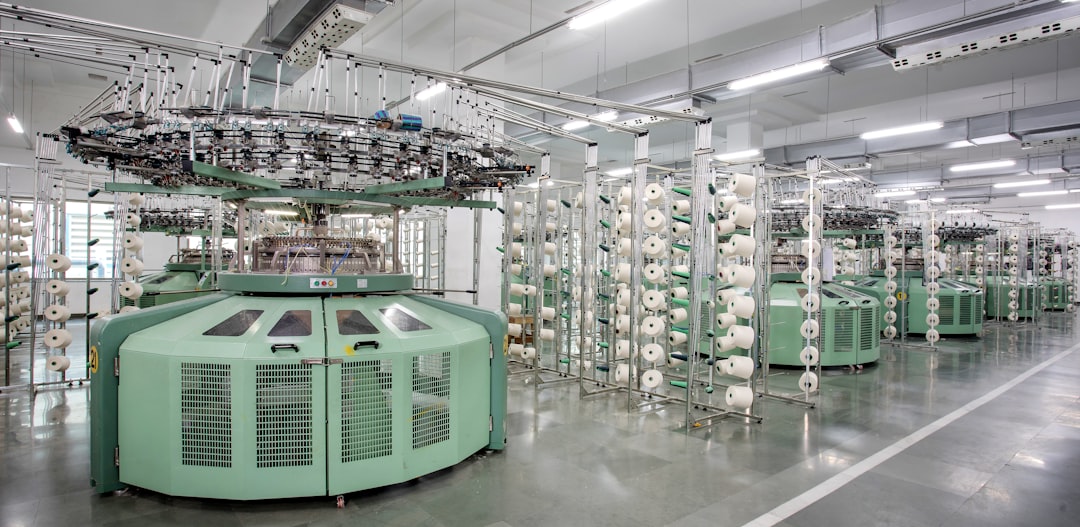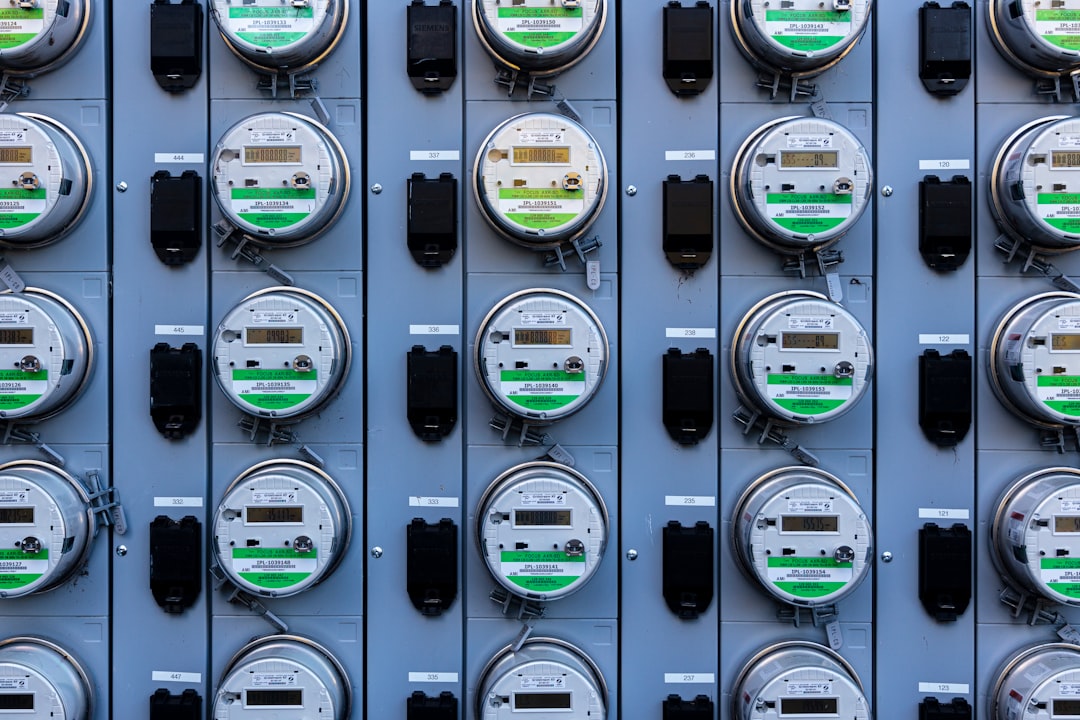What is the Internet of Things (IoT) – Complete Guide
-
January 8, 2024
-
8 min read

Dating back to early 1980s, a Coke machine was built in Carnegie Mellon University, Pittsburgh that could report its contents through a network. This seemingly ordinary dispenser held an extraordinary distinction – it was, as far as anyone knew, the world’s first glimpse into the Internet of Things (IoT).
As of 2023, the growth of IoT has been tremendous. Statistics paint a vivid picture: Over 15 billion IoT devices are currently active, blurring the boundary between the digital and physical world. Projections indicate that this number is set to skyrocket to 29 billion by 2030 (Source:Statista). This underscores the pervasive influence of IoT in our daily lives.
What does this explosive growth signify?
Beyond the numbers, it depicts a future where our homes, workplaces, and cities are connected and exchange data. IoT-driven innovations will reshape manufacturing, healthcare, transportation, and more. But, before we dive into the intricacies of IoT, let’s cast our gaze upon its vast landscape today.
What is the Internet of Things (IoT)?
IoT, or the Internet of Things, refers to a network of interconnected physical devices, sensors, and objects. These can collect, exchange, and analyze data over the internet. It enables automation, remote monitoring, and intelligent applications across various industries.
So, IoT is a network of interrelated devices that can share the data with other IoT devices and the cloud. IoT devices are equipped with technology such as software or sensors.
Organizations across various industries are using IoT to improve their operational efficiency. Also, to deliver improved customer services, increase business value, and make informed decisions.
The best part of sharing data via IoT devices is that they require no human intervention or computer interactions.
To get the basic idea of ‘thing’ in IoT, consider a heart monitor implant that has been fit into a person’s chest. It monitors the heartbeat and helps in the diagnosis of cardiac conditions. It may be the lights that can adjust their brightness according to the ambience.
These ‘things’ are assigned an IP (Internet Protocol) address, which makes them capable of sharing data over a network.
How does the Internet of Things Work?
IoT works by connecting everyday objects to the internet, enabling them to collect and share data. Sensors and devices gather information. This is then transmitted to a central system for analysis. It allows for remote monitoring, automation, and informed decision-making in various applications.
IoT relies on a combination of key technologies, namely:
- Sensors that detect environmental changes
- Connectivity technologies like Wi-Fi or Bluetooth
- Cloud computing
- Data analytics
- Encryption and intrusion detection systems for data security
The Importance of Internet of Things
No doubt, IoT has made life smarter and easier. People use smartwatches to keep track of their physical health, maintain their routines, set reminders, etc. Similarly, IoT devices have become an integral component of businesses.
These IoT devices provide organizations with real-time access to the way their systems work. Businesses gain insights into every detail of their devices. This may include the performance of machines and logistics details to supply chain management.
IoT enables devices to carry out monotonous tasks with no human intervention. Organizations can minimize labour costs, automate tedious processes, reduce waste, and improve productivity. It also enables businesses to improve customer service.
IoT helps businesses to save expenses of manufacturing and delivering goods. It offers transparency into customer transactions.
The Types of IoT
IoT encompasses various devices and systems that communicate and share data over the internet. There are different types of IoT based on the applications and functionalities they serve. some of these include:
- Wearables like smartwatches, fitness trackers
- Smart home devices like smart lights, smart thermostats
- Industrial IoT (IIoT) like sensors, monitoring equipment
- Healthcare IoT-like devices for remote patient monitoring
The Advantages of the Internet of Things
Some of the important advantages of IoT for businesses include:
- Improves the customer experience
- Generates more revenues
- Enables businesses to make informed decisions
- Provides adaptable business models
- Improves productivity of employees
- Saves time and money
- Controls business processes
IoT Fueling Digital Transformation
According to a 2021 IoT Enterprise Survey by Omdia, 90% of enterprises agree that IoT is core to their digital transformation plans. It offers a vast network of connected devices and sensors that collect data, transforming business from reactive to proactive. As a result of IoT deployment, companies are seeing improved efficiency and productivity gains. IoT’s ability to bridge the physical and digital worlds unlocks new revenue streams, expands market reach, and elevates customer experiences.
Further, Oracle stated that IoT projects linked to broader digital transformation projects are tied to strategic organizational goals. However, the actual IoT projects can be complex and time-consuming. These paths toward digital transformation require organizations to initially obtain their data, perform analysis, and incorporate it into their processes to derive actual business value.
The Potential of IoT: Real-World Use Cases
As we dig deeper into the IoT landscape, it’s crucial to understand the various use cases and the substantial value they bring to businesses. Here are some examples:
Smart supply chain management
IoT sensors are revolutionizing how goods are tracked and managed. Real-time monitoring of shipments allows for greater visibility, reduces theft, minimizes spoilage, and optimizes routes.
Did you know? Amazon, the e-commerce giant, uses several IoT-enabled robots to manage warehouse operations by scanning the QR code on packages.
Precision agriculture
Sensors placed in the field collect data on soil moisture, temperature, and crop health. This information helps farmers to make data-driven decisions. It conserves resources, increases yields, and enhances sustainability.
GramworkX, an agritech startup, enables precision farming by using IoT devices. It integrates field data, weather patterns, and crop information to provide agronomic advice to farmers. By monitoring various farming parameters through IoT devices and then applying ML prediction algorithms, GramworkX aids farmers with its Kisan app. It offers robust support and guidance in their farming endeavours.
Healthcare transformation
With IoT devices, hospitals can monitor patients remotely and give personalized treatment plans. Smart medical wearables can track vital signals and alert medical professionals to potential issues early on. This reduces hospital readmissions and improves patient outcomes.
Energy optimization
IoT-enabled smart grids monitor and manage energy distribution more efficiently. This leads to reduced energy wastage, lower utility operational costs, and a smaller carbon footprint.
Retail and inventory management
IoT-driven inventory management systems automatically track stock levels. It helps in anticipating demand and minimizing stockouts. IoT devices can also track customer location and preferences. This allows retail companies to offer personalized customer experiences.
Smart cities and urban development
Integrated IoT sensors in urban infrastructure monitor various parameters, like:
- traffic flow
- Air quality
- Waste management
It contributes to optimized city planning and resource allocation. Smart streetlights adjust illumination based on foot traffic. It enhances safety and reduces energy consumption.
Smart Manufacturing
IoT-enabled sensors embedded within machinery gather real-time data. Thereby allowing predictive maintenance to foresee potential breakdowns before they occur.
Machine-to-machine communication optimizes production processes. They reduce downtime and enhance the overall efficiency.
IoT generates an avalanche of data. When harnessed effectively, this data becomes a goldmine for businesses. It enables predictive analytics, allowing organizations to make informed decisions, anticipate trends, and stay ahead of the competition.
IoT Challenges and Concerns
Like other emerging technologies, IoT is not without challenges. Security and privacy issues remain a significant concern. The vast network of interconnected devices presents vulnerabilities that need robust solutions.
Standardization and interoperability issues also pose obstacles to seamless integration. Effective data management and analytics are critical for deriving actionable insights.
Many IoT devices operate with limited resources like storage, memory, and processing power. Using heavy encryption isn’t suitable for these devices due to their inability to perform complex encryption and decryption in real-time. This makes them susceptible to side-channel attacks. To enhance security, IoT systems should implement multi-layer defence strategies, like using firewalls.
Another challenge with IoT devices is implementing updates, especially security patches. Coordinating and synchronizing updates across diverse devices using various networking protocols is complex. Some devices lack support for over-the-air updates. This demands physical access or temporary removal from production.
Future Prospects
The growth of IoT is apparent, with projections indicating a significant rise in connected devices in the future. Emerging trends like edge computing and 5G will further revolutionize IoT. According to a survey by Oracle, IoT projects are shifting from internal and non-core fields to critical and customer-facing areas. In fact, almost 90% of the projects were considered as ‘fundamental’ or ‘very important’ to their core business.
The survey further highlights that the buyers demand bundled connectivity from IoT providers. This emphasizes a move towards complete solutions. Moreover, IoT platforms are evolving to accommodate bidirectional data flows. It is expected to steer the future of IoT towards more sophisticated, data-driven solutions.
Nonetheless, ethical considerations regarding data privacy and sustainability should be addressed to ensure responsible IoT development.
Leverage Airtel’s IoT Connectivity
As the potential of IoT continues to reshape industries, the need for reliable and efficient connectivity solutions becomes evident. Airtel’s IoT SIM Connection Solution provides an array of connectivity technologies. These are specially tailored to meet the distinctive requirements of your business. It provides Telco-grade security with a dedicated private network.
Airtel IoT is a flexible IoT platform that has easy-to-use APIs. These allow for smooth integration into business applications. Airtel IoT addresses the challenges outlined in this comprehensive guide, offering a seamless network to support the diverse range of connected devices. Airtel’s commitment to ensuring secure, low-power, and efficient connectivity aligns perfectly with the evolving landscape of IoT.
Get your Airtel IoT SIM connection now!
 Share
Share








